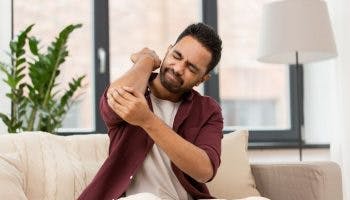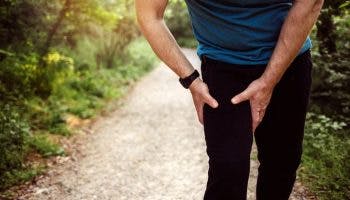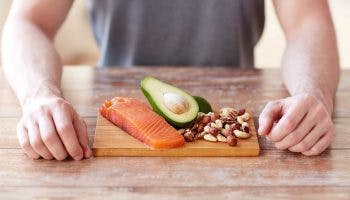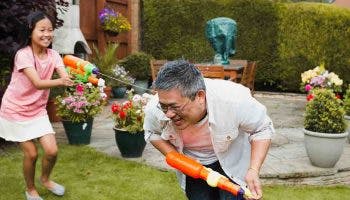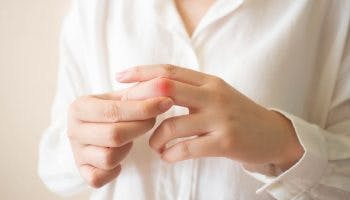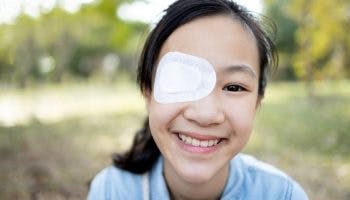Workout at Home: 4 Routines for a Physically Stronger You
Published | 6 min read
Performing a workout at home comes with many health benefits. Make sure you do it correctly to prevent muscle injuries.
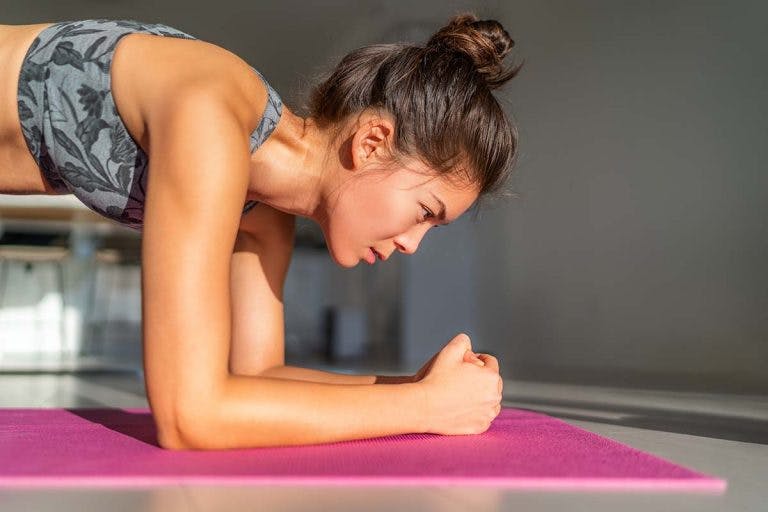
Whether you like going for a run, swimming, or doing your favourite workout at home, exercise plays a significant role in ensuring good health. Working out also makes you feel good and reduces stress. On the flip side, lack of physical activity contributes to many chronic illnesses, including diabetes, cancer, hypertension , and heart disease .
In Traditional Chinese Medicine (TCM), physical movement is essential in facilitating the smooth circulation of the three main substances — blood, qi (vital energy) and body fluid, which play a significant role in our health and well-being.
4 Routines for a Health-Boosting Workout at Home
There are many types of workouts you can easily do in the living room, home gym, or front yard. Check out these four routines and see if they appeal to you:
1. Weight Training
This workout focuses on increasing muscle mass and sculpting the body. If you are a beginner, you will need to work out two to three times a week. It’s also ideal to rest a minimum of 48 hours after each routine to reap its benefits. Consuming a herbal tonic containing ocean fish essence in between weight training days can provide the essential nutrients to strengthen the body and improve stamina.
You should also start with exercises that use your body weight before progressing to other forms of resistance training. Examples of these are free weights, resistance bands, suspension equipment and weight machines. You can also incorporate high-intensity interval training as part of your workout at home.
2. Tai chi
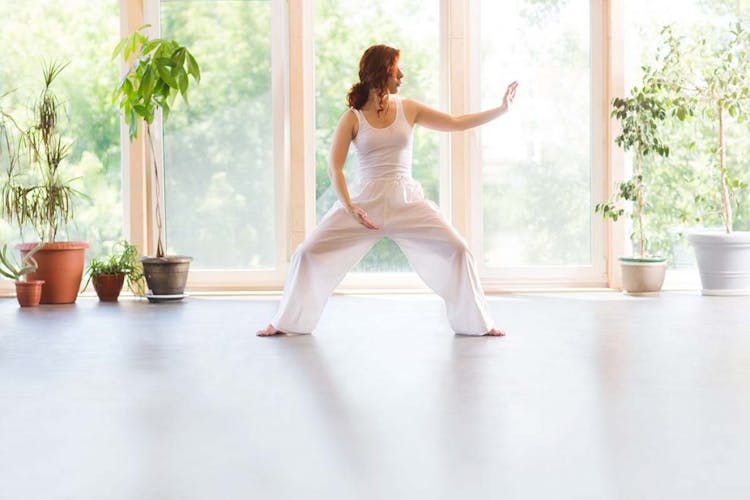
Gentle and meditative, tai chi promotes a good range of motion in all joints. For instance, tai chi comprises moves like standing on one leg whilst stretching your arm out or extending your leg out slowly without losing balance. The elderly can use this form of exercise to prevent loss of balance and lower their risk of slips and falls.
3. Qigong
Qigong consists of meditative movements that correct your balance and have positive effects on your bone and cardiovascular health. There are two types of qigong: Wai Dan (external elixir), which involves physical movement and concentration and Nei Dan (internal elixir), comprising a sitting meditation with guided imagery or visualisation. Like yoga, this practice focuses on breathing and requires you to hold many postures for some time.
4. Yoga and pilates
According to Dr Simon Shen, a chiropractor from Real Health Medical Clinic, yoga and pilates share a common purpose, which is to tone the muscles but they go about it in a different way. Yoga combines a series of static postures with transitions and breathing exercises. Holding these poses can help to increase strength and flexibility over time while improving your mental health.
Pilates exercise focuses mostly on strengthening the core muscles of the body using dynamic exercises. Pilates can be done on a simple mat. However, some people also prefer to use specially designed reformer machines with handles, straps, and pulley and spring to provide resistance or support during a pilates workout.
Preventing or Relieving Injuries with Natural Therapies
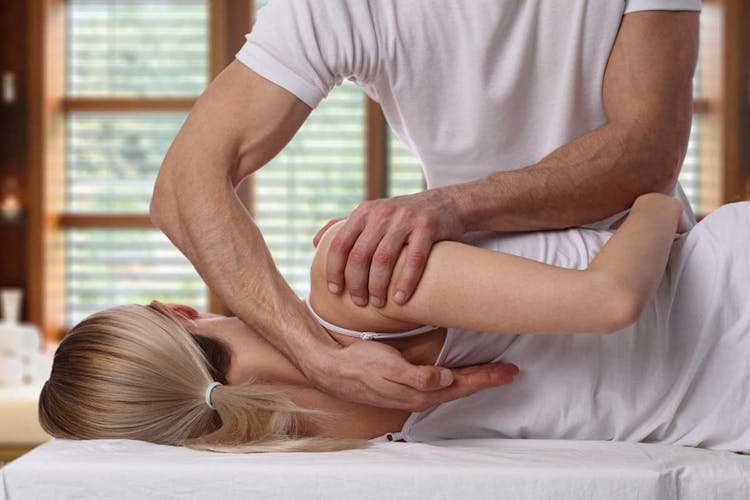
Soreness and injury can happen during a workout at home. However, these two conditions are not the same. You will feel soreness in multiple muscles simultaneously, but only after a few hours of exercise. The intensity of the discomfort and pain you feel also depends on the intensity of your workout at home routine.
Unlike soreness, muscle injuries result from an incident during exercise. An injury can cause pain that ranges in severity and aggravates upon activation of the muscle. You can usually pinpoint a specific site where pain occurs.
To avoid pain and sore muscles after working out, start with low-impact routines, especially if you don’t exercise regularly. Below are several natural therapies that can help relieve pain and soreness due to working out.
Acupuncture
The World Health Organization (WHO) recognises acupuncture as an efficient and inexpensive method to relieve pain. This treatment has shown the ability to relieve upper and lower limb injuries.
“Acupuncture needling can regulate meridian flow in the body, relieve blockages of the meridian channel and acupoints. It also has the effect of improving numbness and soreness condition of a body part,” says Real Health Medical Chief TCM Physician Chu I Ta.
He gives an example that acupuncture can help alleviate muscle pain and stiffness on volleyball athletes, by stimulating ah shi acupoints (which indicates pain upon palpation). Acupuncture can also help to ease delayed onset muscle soreness (DOMS) — muscle pain and stiffness that occurs within 24 to 72 hours after exercise.
Chiropractic treatment
If the joints in our skeleton are not working properly, it will likely result in over-stress or an inaccurate posture. Chiropractic therapies can help prevent muscle injuries by ensuring that the body’s joints are functioning well so that optimal form for exercises can be obtained. Golfers who have stiff shoulders tend to develop elbow pain because they cannot have proper form. Hence, it is important to restore the shoulder’s mobility to prevent elbow injuries. Chiropractors spinal adjustments rebalance the distribution of stress and weight in the body to prevent overuse and excessive wear and tear.
The treatments usually end with identifying weakened muscles and prescribing suitable exercises to strengthen the muscles and prevent injury.
Tui na massage
TCM believes the cause of pain in the body always starts with the pathology term as qi stagnation and blood stasis. The primary goal of using tui na is to encourage better circulation of blood and qi. This aids with increasing blood flow to the muscles and improving organ functions. In the long run, this will help enhance sports performance by improving your flexibility. Additionally, it can enhance your range of motion as well as reducing your mental and muscle tension.
“Tui na, an oriental technique which involves more than just a massage, not only eases pain but also provides a regulation of soft tissues for a speedy recovery of the injured body parts,” explains Physician Chu. This therapy can also reduce swelling and boost the mobility of injured joints and tendons.
According to Physician Chu, all types of exercises, even a simple workout at home, can potentially cause injury. “We always tell our patients to listen to their bodies. Don’t overlook any early or minor symptoms. The main objective of all exercise should be maintaining good health. If a workout is causing pain or discomfort, it is time to take a break, seek treatment if necessary, and let your body recover,” he reminds.
Ready to enjoy the benefits of a good workout at home? Pick the right exercise routine, start slow, do it consistently and take extra care to prevent injuries. If something does not feel right after exercising, consult your physician to get a proper diagnosis.
References
- Better Health Channel. Resistance training – health benefits.[Accessed 5 November 2021]
- American College Of Sports Medicine. High-Intensity Interval Training. [Accessed 5 November 2021]
- NHS. 2021. A guide to yoga. [Accessed 5 November 2021]
- NHS. 2021.A guide to pilates. [Accessed 5 November 2021]
- Science Direct. 2021. Application of traditional Chinese therapy in sports medicine. [Accessed 5 November 2021]
- International Medical University. 2017. Sports Tui Na – Helping You to Achieve Optimal Performance. [Accessed 5 November 2021]
- University of Minnesota. Qigong. [Accessed 13 November 2021]
Share this article on

